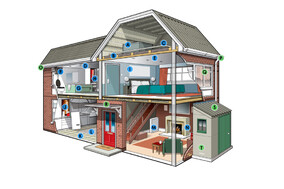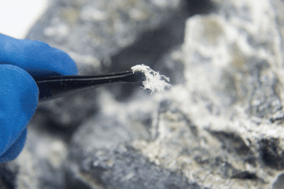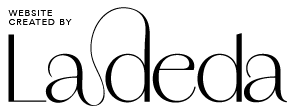Asbestos Safety Info
Comprehensive Asbestos Safety Information:
Protect Your Health with Knowledge and Expert Insights
asbestos
FAQs
Find answers to common questions about our asbestos and mould consulting services.
What is Asbestos?
Asbestos is a group of naturally occurring minerals composed of fine, durable fibers resistant to heat, fire, and chemicals. This durability led to asbestos being used extensively in building materials, especially from the 1950s through the 1980s in New Zealand. However, exposure to asbestos can pose significant health risks, as inhaling asbestos fibres can cause serious diseases, including asbestosis, lung cancer, and mesothelioma.
How do I know if my building contains asbestos?
Asbestos is often hidden within building materials. The only way to confirm its presence is through professional testing and surveys.
Is it dangerous to live in a home with asbestos?
Asbestos in good condition and left undisturbed usually does not pose a risk. However, if it’s deteriorating or will be disturbed by renovations, professional management is essential.
When should I consider asbestos removal?
If asbestos is damaged or if renovation work is planned, removing or containing the material safely with professional help is recommended.
How do you identify and Manage Asbestos?
Managing asbestos in homes and buildings requires careful inspection, sampling, and risk assessment. At Astech Consulting, we conduct thorough surveys and provide expert guidance to ensure all ACMs are safely managed, whether they remain undisturbed, require sealing, or need full removal.
Our Approach Includes:
Asbestos Management Plans (AMPs)
An AMP outlines steps for safely managing any identified ACMs in compliance with New Zealand regulations. This includes routine inspections and monitoring.Clearance Inspections
Following asbestos removal, clearance inspections ensure no lingering fibers remain, certifying the safety of reoccupation.Re-Inspections
Regular checks on ACMs to confirm they are undisturbed and remain safe.
Download our free 'Managing Asbestos Checklist'.
What are the health risks of Asbestos exposure?
Inhalation of asbestos fibres is the primary health risk, leading to conditions that may develop years after exposure. These include:
Asbestosis: Scarring of the lung tissue that causes difficulty in breathing.
Mesothelioma: A rare and aggressive cancer affecting the lining of the lungs.
Lung Cancer: Asbestos exposure significantly increases the risk, especially for smokers.
Due to these risks, managing asbestos in any setting is crucial for long-term health.
What are types of Asbestos commonly found in New Zealand?
Chrysotile (White Asbestos)
Chrysotile is the most widely used type globally and is often found in ceilings, walls, floors, and pipes. Due to its widespread use, it’s crucial to be vigilant about chrysotile when inspecting older properties.Amosite (Brown Asbestos)
Known for its strength, amosite was used mainly in construction materials like cement sheets, ceiling tiles, and insulation. Its robust, needle-like fibres can be particularly harmful upon exposure.Crocidolite (Blue Asbestos)
Crocidolite is less common in construction but was widely used for insulation in specific industrial settings. Its brittle nature means it can break down easily, increasing the likelihood of inhalation.
Got a question that isn’t in our FAQs?
We’re here to help! Reach out with any specific concerns or unique situations—we’re happy to provide the information and guidance you need.
Asbestos Safety Info
Asbestos Insights & Resources
asbestos
Ready for a Safer Environment?
Let’s Connect!
Contact Astech Consulting today for expert asbestos and mould solutions across New Zealand. We’re here to help you create safer, healthier spaces—reach out and let’s get started!






